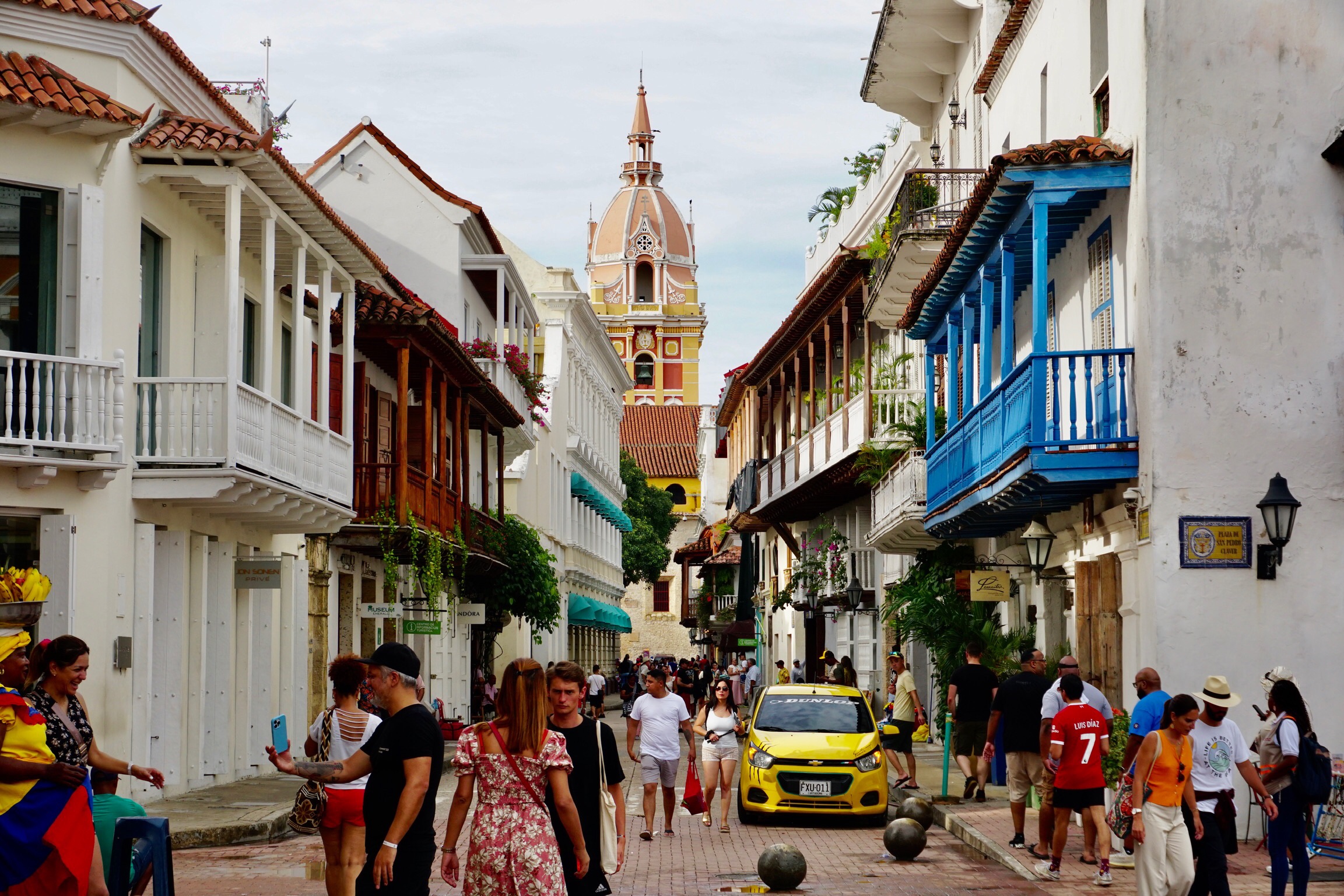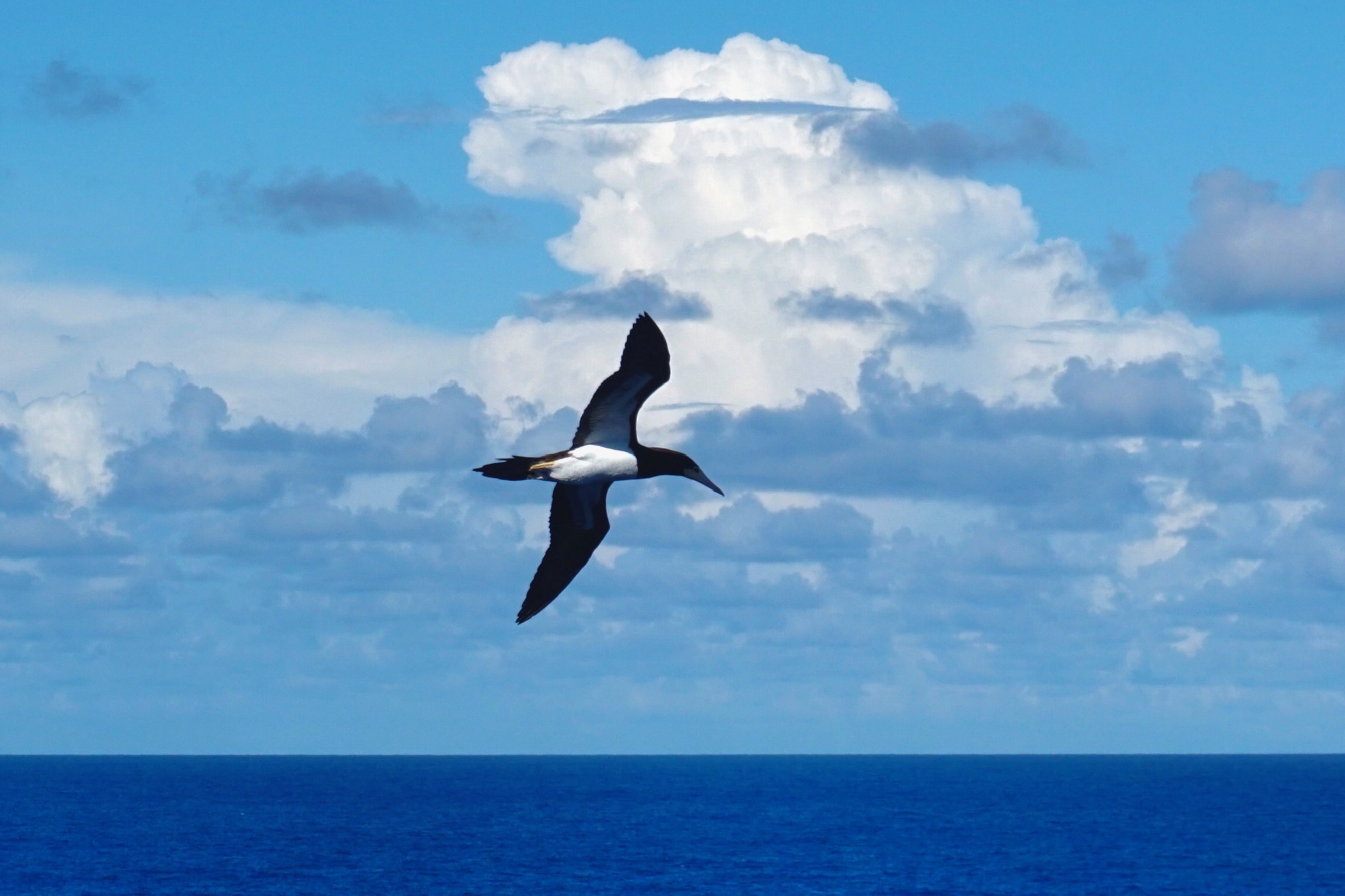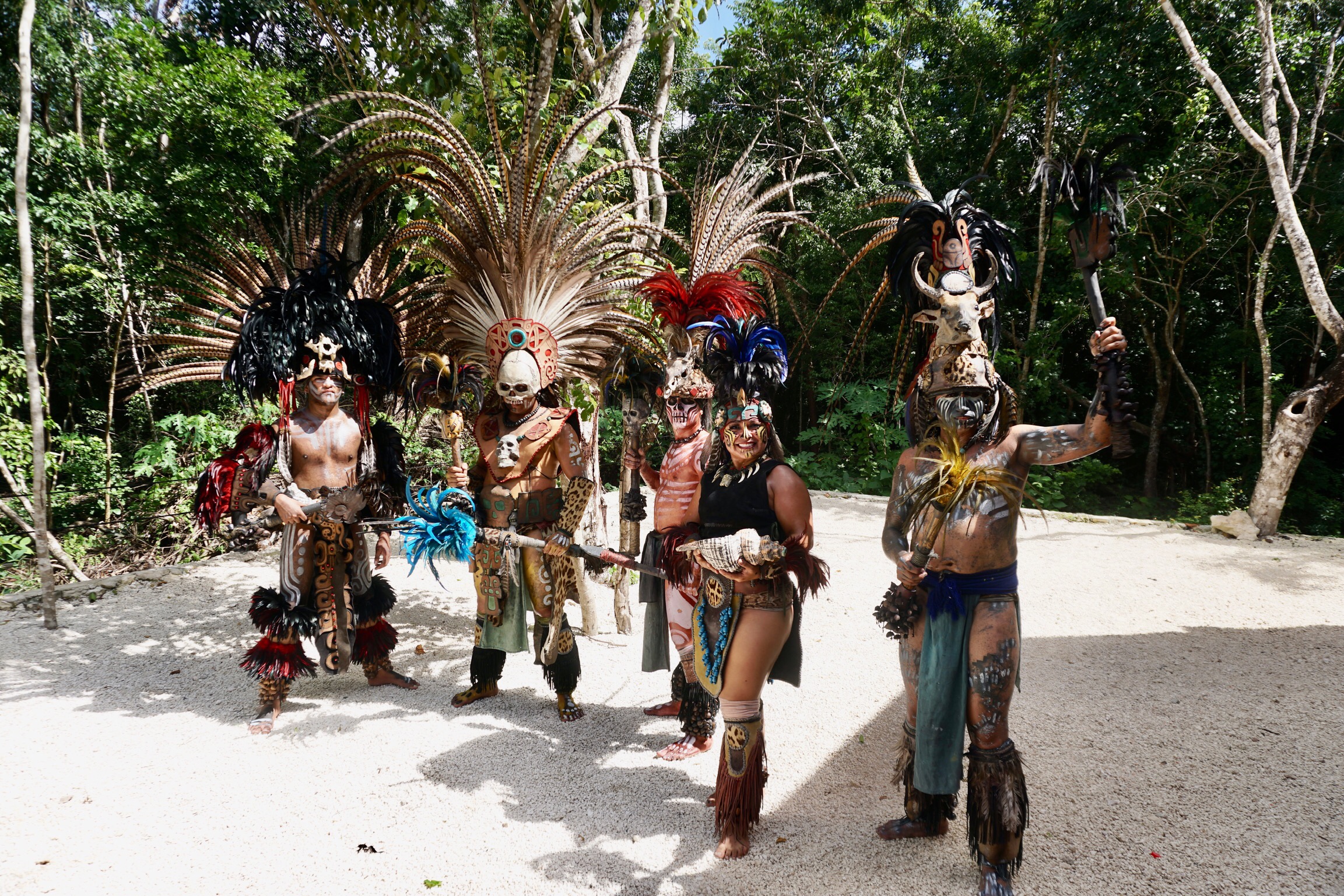
Written October 30, 2023 in the Caribbean nearing Colon, Panama.

Yesterday we arrived for the day in Cartagena, Columbia. Columbia (pop. 50 million) is a prosperous nation, 25th in size among countries and roughly equally between the size of California and Alaska. It is the third largest economy in Latin America (after Brazil and Mexico) and features one of the finest heath care systems in the world.
The local currency is the Colombian Peso, 4,200 to the dollar. It is a bit of a shock to see the price of gas, but converted it’s about $3.50 a gallon US.

Geographically, it is remarkably diverse. Near the equator, it still has mountain peaks with permanent snow caps (Mounts Cristobal Colon and Simon Bolivar are each 18,800 feet high), yet broad expanses of the country are Amazon tropical rainforests. It has shores on both the Atlantic and Pacific Oceans. Finally, its flora and fauna are the most bio-diverse per square mile in the world.
Cartagena is Columbia’s 5th largest city, with a population of about one million. It was founded by Spain in 1533, but indigenous peoples have inhabited the area for at least 6,000 years. It is a major seaport and once the site of a significant slave trade.



Its historic center, where I spent most of my day, is a UNESCO World Heritage Site comprised of the colonial era fortification encircled by a 7 mile long defensive wall.


We arrived in port in the late morning. 90 degrees Fahrenheit and over 90% humidity, the “feels like” temperature was over 100. I left the air conditioning of the ship to go on deck to take pictures.

The first shot was fine, but within a minute condensation fogged my lens both outside and inside the camera. It took 15 minutes for the camera to “warm up”.

On my tour we visited an area of artisan shops.



Walking through the old city our guide, Ender, provided both historical local knowledge, seasoned with humor.




Here is a door knocker that actually has historical significance. The Iguana marks the door of a family of political importance. The lion denoted military association. (See the above image)

We visited Iglesia de San Pedro Claver, built between 1580 and 1654, (Church of St. Peter Claver) where his earthly remains are seen through glass at the main altar.


St. Peter Claver, a Jesuit, is deemed the patron saint of enslaved peoples. He dedicated his life to opposing the slave trade while ministering to the physical and spiritual needs of slaves.
The Convento de Santo Domingo (1630) featured a small non-climate controlled museum. It is a wonder that the works of art, many hundreds of years old do not rot.

This Dominican convent was also a center for local prosecution of the Spanish Inquisition.
Cartagena is mere feet above sea level. As predicted ocean levels rise due to global warming I wonder it this will someday become Atlantis (one of many) of the New World.


Christine and I usually take shore excursions together. Today was the rare exception. While I wandered the old city she visited an emerald school where young people are trained in the art of emerald gemology and jewelry making. As part of Christine’s experience she made herself emerald jewelry, a ring, bracelet, necklace, and earrings. The stones are emerald, rough, uncut, and unpolished.

We left port after dark. My vantage atop the ship provided the opportunity for some beautiful pictures.


Peace Everyone. Pete










































































